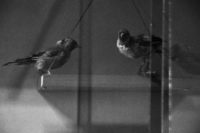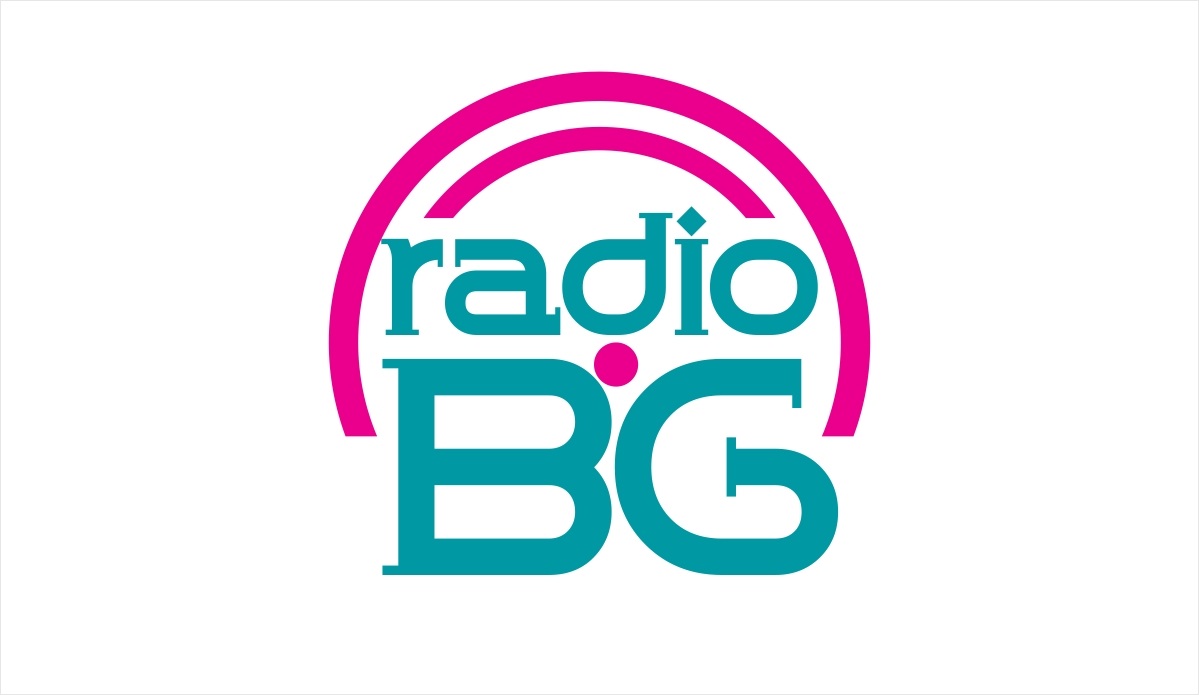
Hey, hello! I’ve been surfing on such a popular resource as Fickbook for more than five years. I have started writing, recently, to practice in my specialty (publisher and editor), besides, I began to check and edit the works of other authors. It turned out to be a very fascinating and useful thing. I got accustomed to paying attention to a lot of details! Today I want to share with you the most common mistakes.
The cap of your work – title, genres and description. I want to pay attention to the name and description. Because this is the face of your story. It depends on whether the reader goes to read your work scrolling it further. I do not recommend writing the title in a foreign language, as we probably do not know whether a casual reader will understand it. Very often I notice that the authors simply insert some kind of dialogue from the text into the description. It may be intriguing and it may be a good move but it doesn’t always shoot. It is best to talk about the main characters, the place and time of the action, as well as the main issue / conflict. In this way, the reader will immediately understand what your work is and whether it is interesting to him.
The external design of the text. I very often come across works in which the text goes absolutely together. Dialogues, paragraphs, quotes — it all goes in an endless stream. Divide your text into blocks, separating dialogues from descriptions. Also, a simple Tab is not enough to indicate a red line. Go down two lines and start a new paragraph. The text divided into blocks is easier to assimilate. And it also looks nicer.
Beaten descriptions. A novice writer is usually young and awkward. He may like to read but swallows books without making any notes for himself. I often notice in the texts how the main characters in the main context are called blondes, brunettes, green-eyed. Stop it. This sounds very inefficient. I read both classics and modern literature. Good authors do not use this in their work. I encourage you to read the books thoughtfully and pay attention not only to the plot but also to the author’s speech: what techniques he uses to immerse the reader in the atmosphere, to describe the character, to accurately show the emotions of the protagonist.
Weak descriptions. Hooray, in addition to the beaten descriptions, their absence is sometimes observed too. I mean, there are very few of them and the whole text is mostly based on dialogues. It turns out very dry and sad. In this case, I can advise visualization. Whenever I write, I clearly present a picture in my head and try to draw it with words. The hero cannot just stand by and speak. With the help of descriptions, you can add emotions, body language, describe the room / area in which they are, and even explain how the environment can affect the behavior of the protagonist. In a bright and cozy cafe with soft music, a nice cup of tea, the hero can feel very relaxed and smile, gesturing casually while talking. In the dark gloomy corridor, the protagonist will feel tense, he will be frightened by the sound of his own footsteps, and these high walls of bare stone seem to be about to fall on him. Did you feel it?
Thank you for taking the time to read! This is what catches the eye in the first place but not all. Read the continuation in my next article.


























































Залишити відповідь